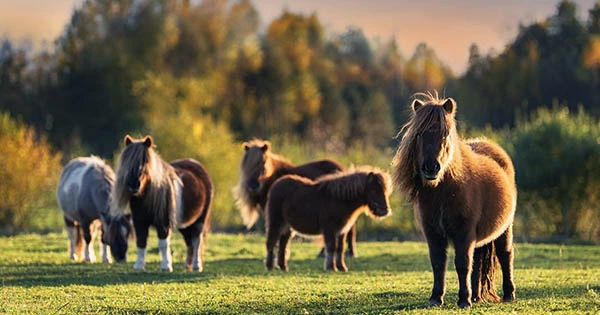When you think of medieval combat, you probably picture a swarm of knights galloping into battle on gigantic warhorses. You will have to make some size modifications, though, because according to a new study, most battle horses were no bigger than modern-day ponies. A team of archaeologists and historians from the University of Exeter studied the greatest collection of English horse bones from 300 to 1650 CE.
Horses measured in “hands,” a unit of measurement that was equivalent to 10.16 centimeters in the past (4 inches). They discovered that horses were frequently under the height of 14.2 hands, rather than the enormous horses of 17 to 18 hands. Modern ponies can stand anywhere from 14 to about 14.3 hands tall.
The researchers, who published their findings in the International Journal of Osteoarchaeology, claim that when breeding war-horses, selection likely concentrated on other qualities vital to medieval warfare. Professor Alan Outram of the University of Exeter claimed in a news statement received by IFLScience that “selection and breeding techniques in the Royal studs may have focused as much on temperament and the necessary physical qualities for combat as they did on raw size.”
Horses that were 15-16 hands tall were rare even while a royal stud network was in place in the 13th and 14th centuries, however, they would have appeared to people at the time as enormous creatures. Researchers uncovered the tallest horse from the Norman period (1066 – 1075) at Trowbridge Castle, standing at roughly 15 hands. Taller horses appeared throughout the high medieval period, with some reaching 16 hands.
“Neither size nor limb bone robusticity alone is sufficient to confidently identify warhorses in the archaeological record,” said University of Exeter researcher Helene Benkert. “Historic records do not reveal the particular requirements that defined a warhorse; it is much more likely that different conformations of horses were preferred at different times during the medieval period, in response to changing battlefield tactics and cultural tastes.” The average height of horses did not greatly increase until the post-medieval period (1500-1650 CE) when it approached that of modern-day working horses. So, if you are visualizing early English fighting, think of something more like a modern-day pony ride — albeit with significantly more horrific life-ending swordplay.















